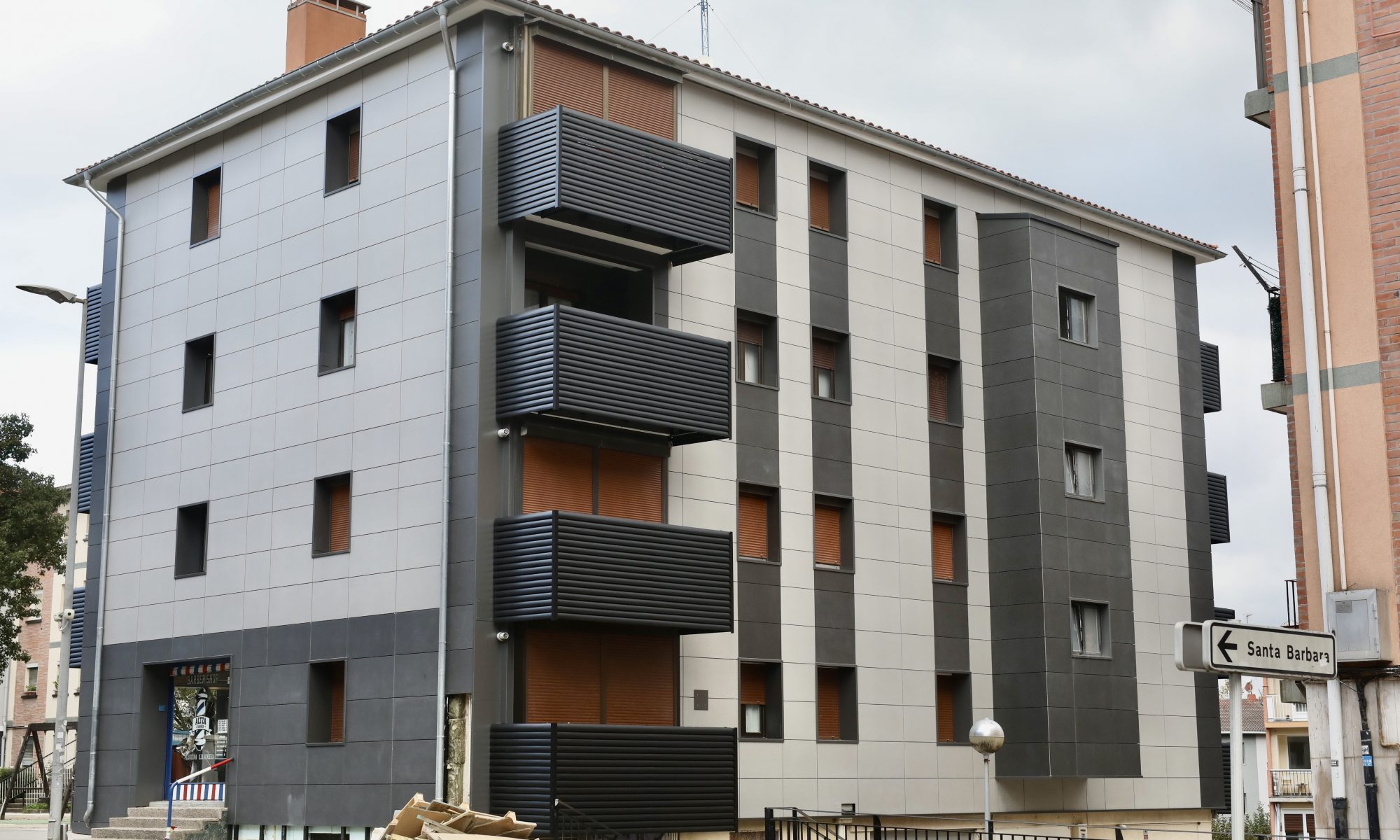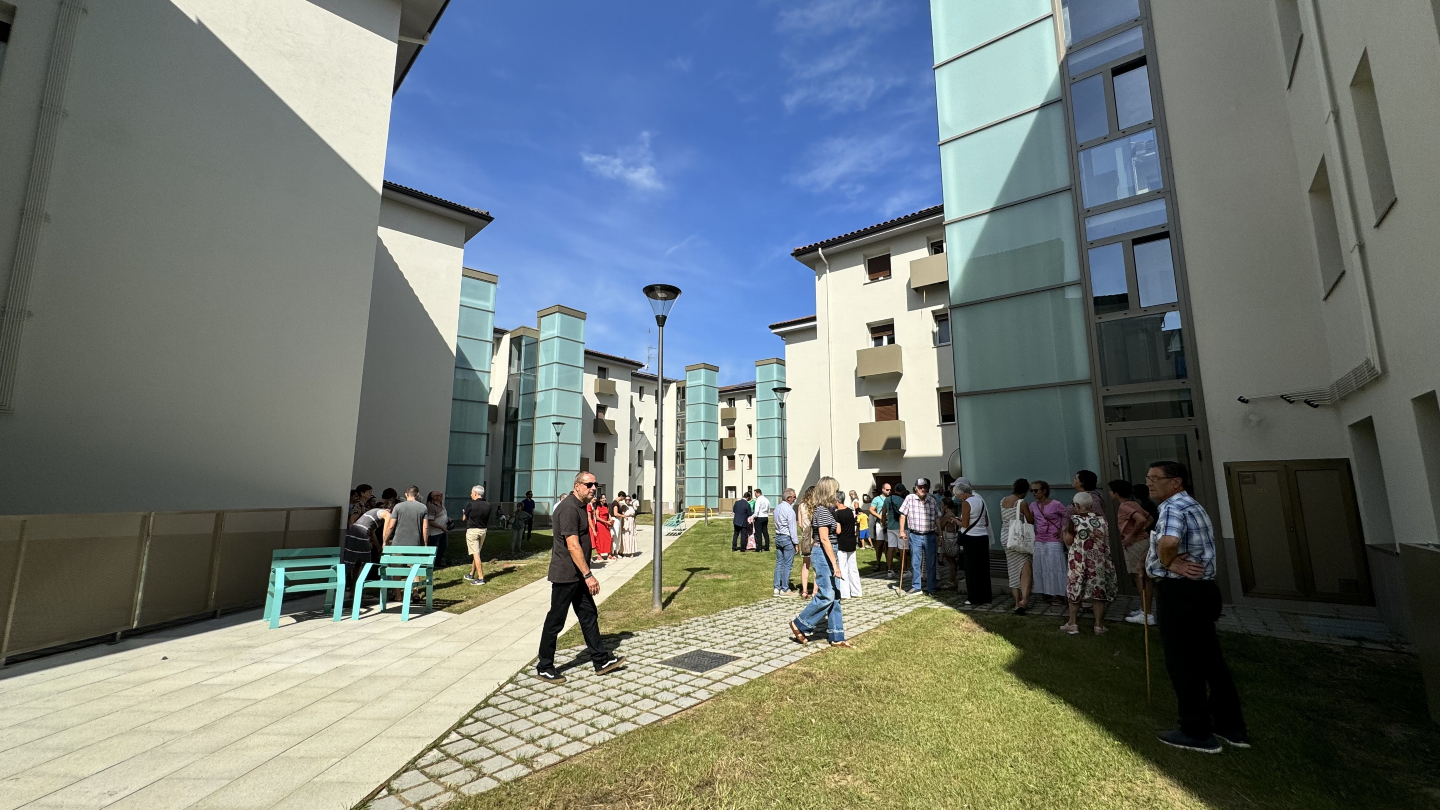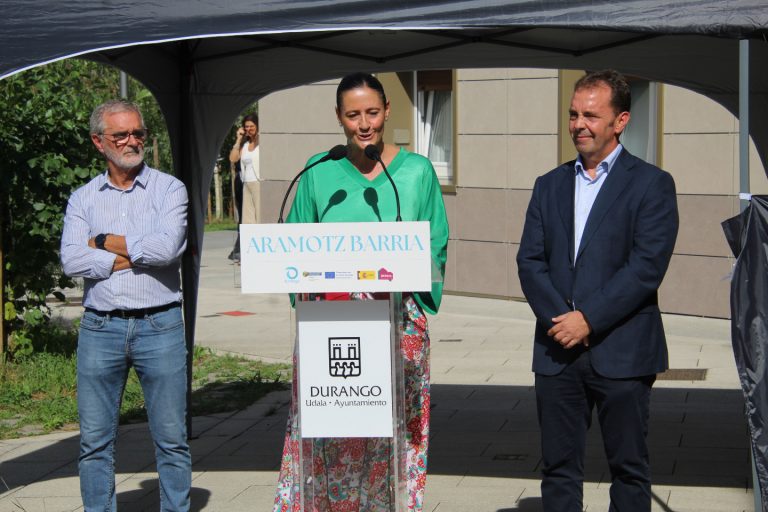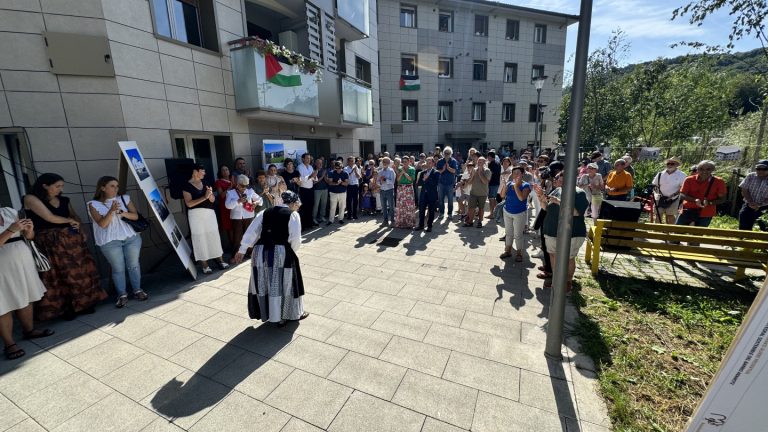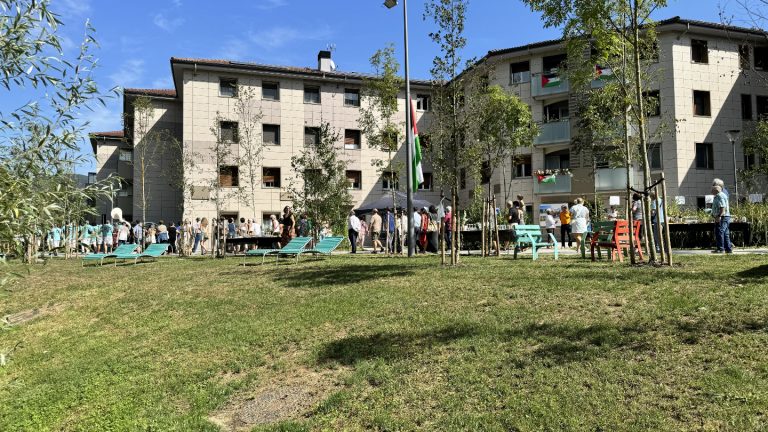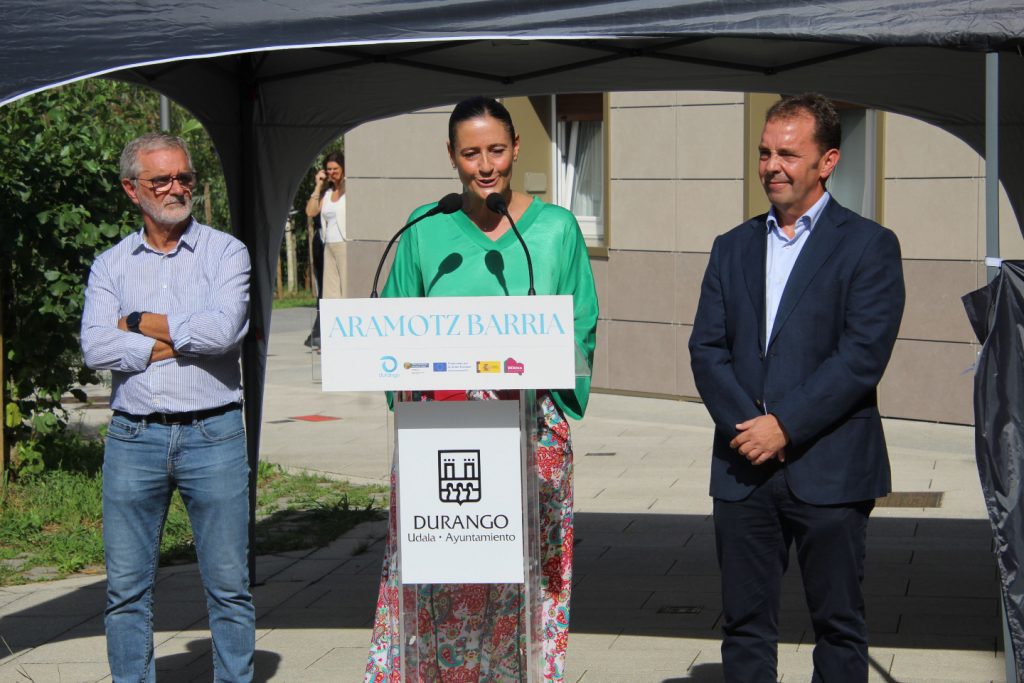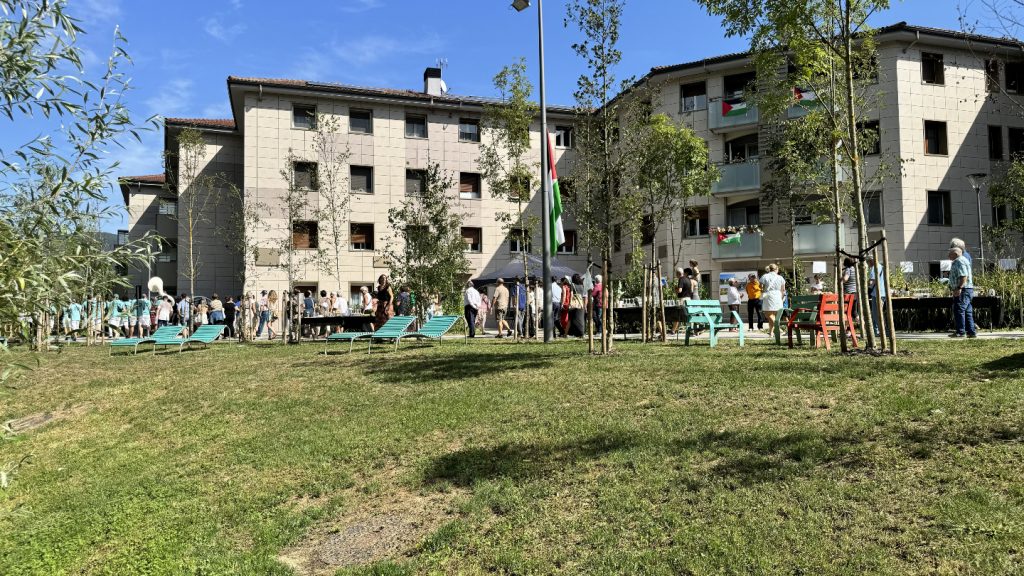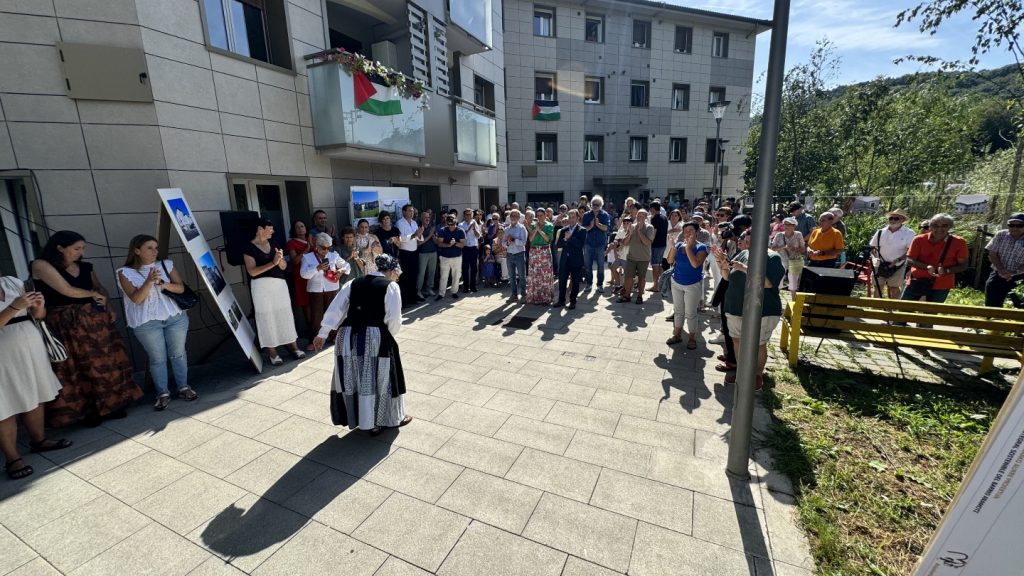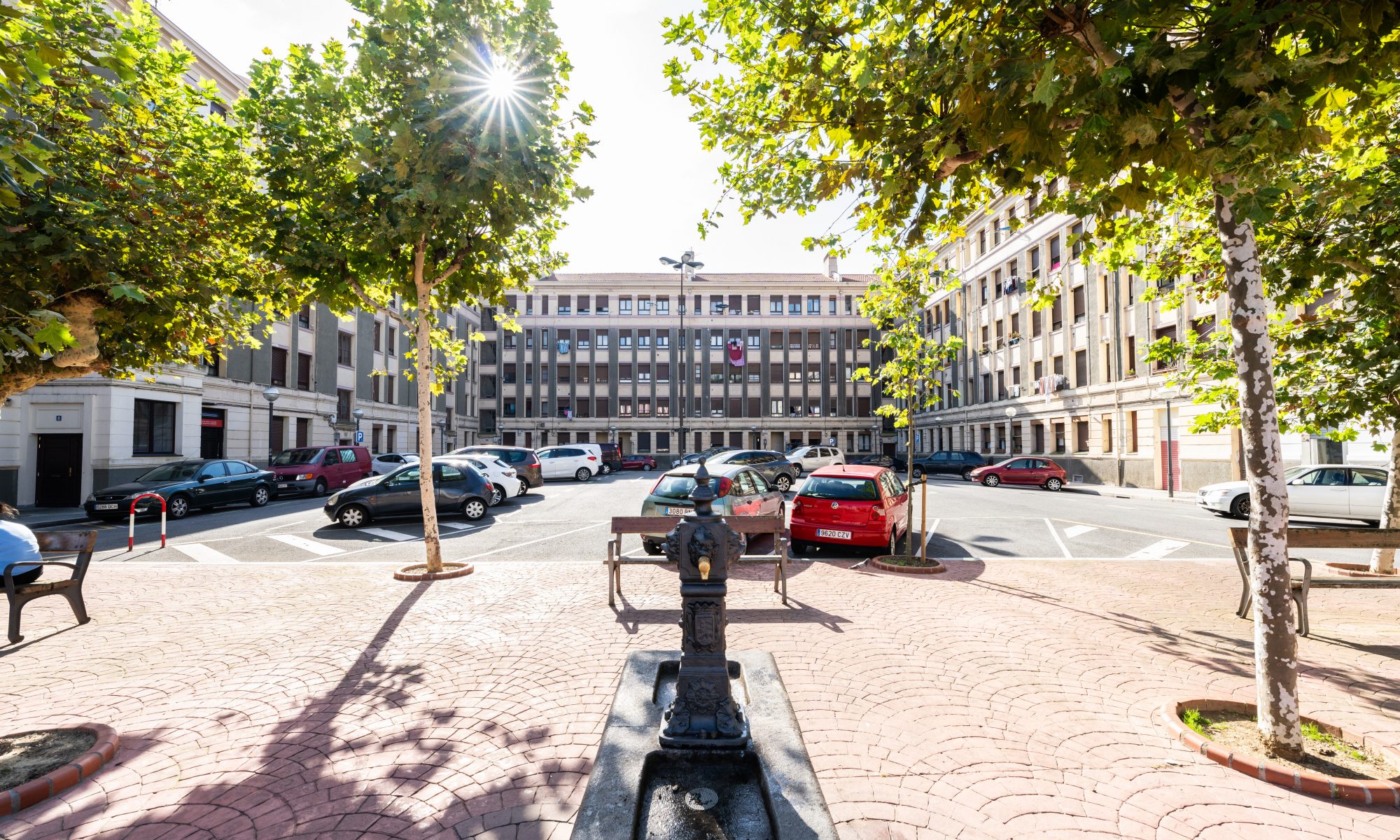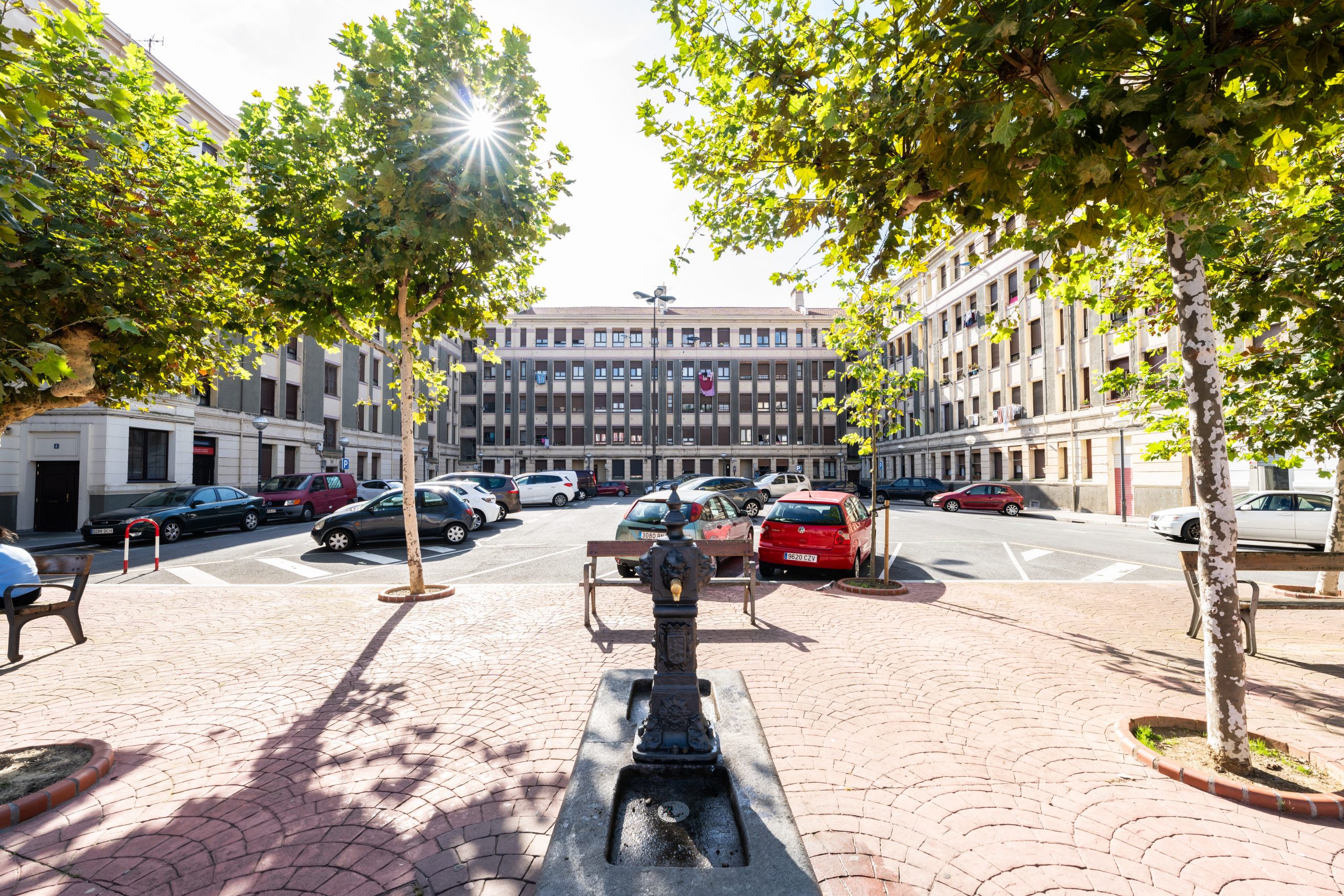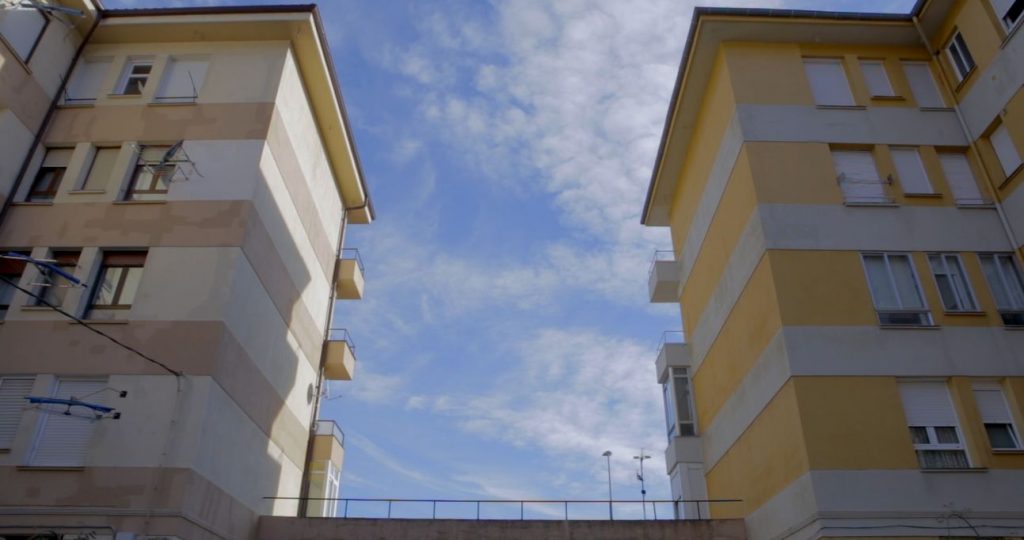Altzako 202 etxebizitza erabat birgaitzeko lanak urtea amaitu baino lehen bukatuko dira
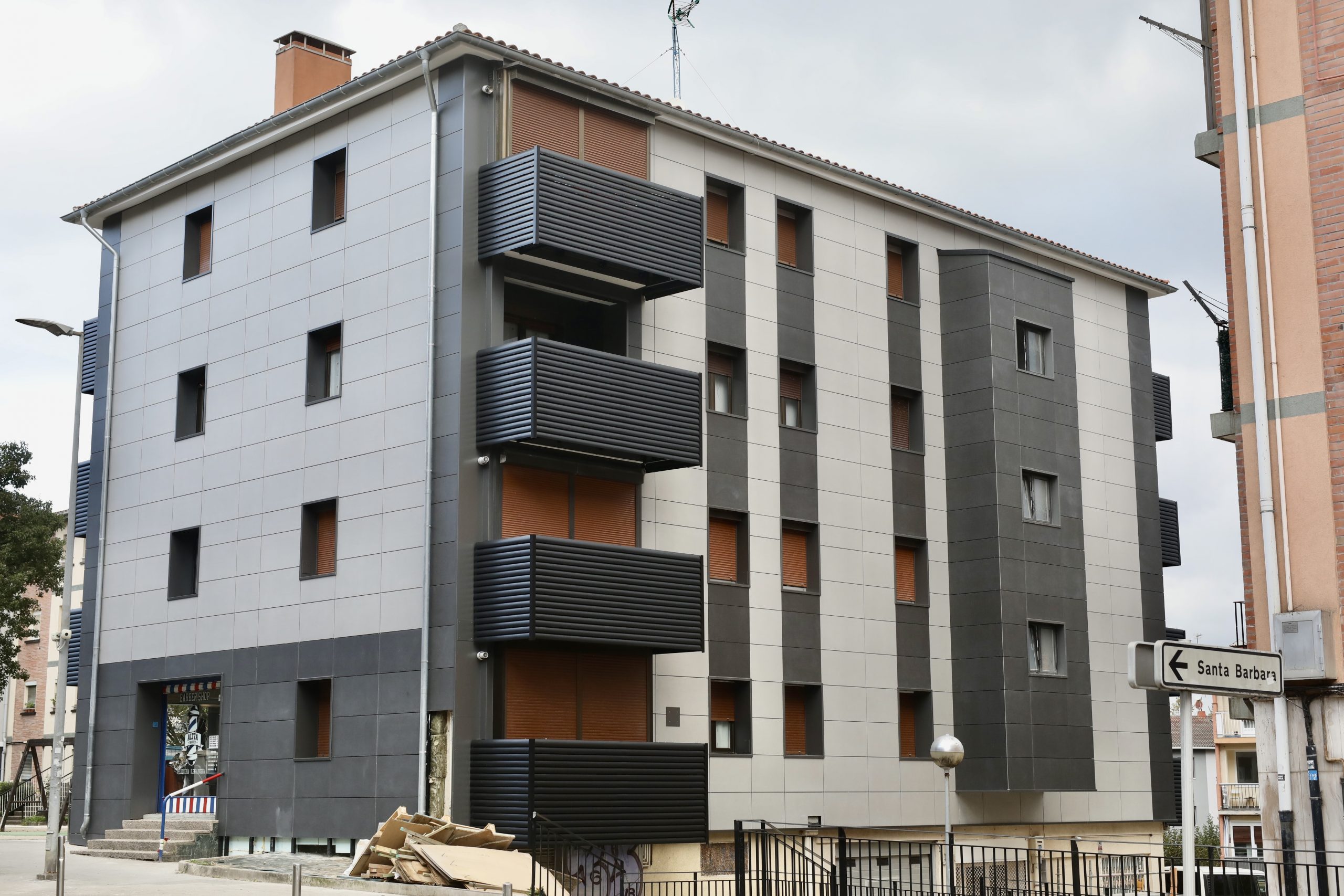
- Proiektuak Donostiako auzoko 8 eraikin eta etxebizitza atxiki bat barne hartzen ditu, eta guztira 15,1 milioi euroko inbertsioa eskatzen du.
- Halaber, espazio publikoak berrurbanizatzea, paisaian esku-hartzea eta energia- eta jasangarritasun-hobekuntzak sartzen dira, besteak beste.
20.000 biztanle inguru eta 8.900 etxebizitza baino gehiago ditu Altzak, eta Donostiako auzorik populatuenetakoa da. Bizitegi-parkearen % 85 baino gehiago 1981a baino lehen eraiki zen, eta, beraz, ezinbestekoa zen birgaitze- eta modernizazio-inbertsio integrala egitea. 2024ko bigarren hiruhilekotik martxan dauden obrak azken txanpan sartu dira, eta aurreikusten da birgaitze integraleko jarduera guztiak urtea amaitu baino lehen amaituko direla. Hala ere, espazio publikoko lanak 2026an zehar luzatzea aurreikusita dago.
Etxebizitza eta Hiri Agenda Sailak sustatutako operazio handienetako bat da, eta 15,1 milioi euroko inbertsioa egin da guztira: 9,2 milioi euro Eusko Jaurlaritzak jarri ditu PIIE funtsen bidez; 3,2 milioi euro Donostiako Udalak jarri ditu, eta 2,6 milioi euro herritarrek.
Lehenengo esku-hartze ildoa bizitegi-eraikinen birgaitze sakonean oinarritu da, eta guztira 202 etxebizitza egin dira zortzi jabe-erkidegotan eta etxebizitza atxiki batean, auzoko eremu ahulenetan. Jarduera hauen bidez, hobetu egiten dira irisgarritasuna, energia-eraginkortasuna (% 60 inguru aurrezten da), bizigarritasuna eta suteen aurkako babesa, eta egiturak sendotzen dira, eraikinak egungo araudira egokituz. Fatxada aireztatuek metalezko azpiegitura, aire-ganbera eta isolamendu termikoa dituzte, eta, hala, barruko tenperatura eta hezetasuna hobetzen dira. Era berean, hainbat atarik igogailu berriak dituzte kanpoan.
Aldi berean, prozesu osoan komunitateei laguntzeko, Hurbiltasuna Kudeatzeko Bulego Tekniko bat (Opengela) jarri da martxan non aholkularitza hurbila eta profesionala eskaintzen du izapidetzean, informazioan eta zalantzak ebaztean, komunitatearen parte-hartze aktiboa sustatuz.
Proiektuaren barruan sartzen dira, halaber, espazio publikoa berrurbanizatzea eta hobetzea, Auditz Akularren errekak birnaturalizatuz; Larresko sakanean kutsatutako lurzoruak berreskuratzea; Ederrena plazan ingurune berdeagoak sortzea eta Herrerako pilotalekurako sarbidea ahalbidetu. Gainera, Altzako anbulatoriorako eta Harri Berri ikastolarako ibilbideak hobetzen ari dira, ehunka familien mugikortasuna errazteko asmoz.
Jasangarritasun energetikoari dagokionez, tokiko komunitate energetikoak instalatu dira: Altzako ikastetxe publikoaren estalkian dagoen planta fotovoltaiko batek 13 eraikin eta instalazio publiko hornitzen ditu urtean 98.075 kWh-rekin, eta kiroldegian dagoen beste planta batek 377.505 kWh ekoitziko ditu urtean, autokontsumo partekatuko eskema batean, udal ekipamenduei mesede egingo diena.
Etxebizitzen digitalizazioak aukera ematen du zenbait parametro denbora errealean monitorizatzeko, hala nola airearen kalitatea, hezetasuna, tenperatura, CO₂ mailak eta energia-kontsumoa, eta familiei tresnak eskaintzen dizkie energiaren erabilera optimizatzeko eta erosotasuna eta osasuna hobetzeko.
Proiektuak Lau Haizeta parkeari ere balioa ematen dio, eta kartelak berritzen ditu QR kodedun ingurumen-ibilbideak diseinatuz, eta maiztasun-azterketa bat egin da etorkizuneko hobekuntzak bideratzeko, komunitateak asko erabiltzen duen eremu natural bat finkatuz.
Hala, Altzaren biziberritze integrala proiektu aitzindari gisa finkatu da Euskadin, bai eragin ekonomikoagatik, bai eragin sozialagatik. Etxebizitzak birgaitzea, hurbileko zerbitzuak, energia garbiak, digitalizazioa eta hiri-paisaia hobetzea dira Donostiako eta Euskal Autonomia Erkidegoko beste auzo batzuetan etorkizunean egin beharreko lanen eredu.
OPENGELA NEWSLETTER
JASO ITZAZU OPENGELAREKIN LOTUTAKO ALBISTE GUZTIAK




